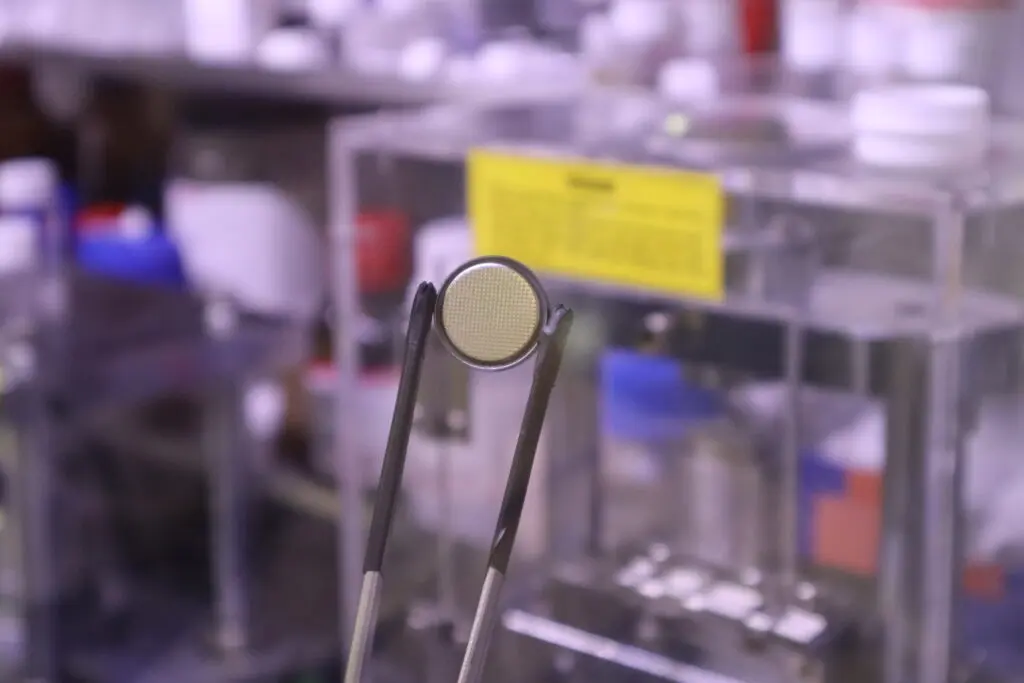New research headed at the Madrid Institute for Advanced Studies in Materials Science (IMDEA Materials) has shown progress on fire safety systems that can detect and warn of danger before a fire breaks out. This technology that can detect fires before they start is based on functional nanomaterial-based fire sensor technology under development at IMDEA Materials.

One of the researchers, Miss Xiaolu Li said that she hoped to take a step forward in the research work. She commented, “It is a very important element of this project. How so? Because with these new devices, now, we can be able to detect fire danger very early in the process, even before the fire breaks out,” she explained. “We know that once a fire starts, it can be very difficult to control.”
Read More
- Over The Counter Antibiotics – How Self Prescribed Over The Counter Antibiotics Can Kill You
- New Discovery Drugs Could Block Protein that Ensures Bowel Cancer Growth
- IoT Light Bulb – Remote Control Light Bulb Blynk App
- Metal Detector DIY Project with SMS

“We know scientifically that most household materials start to burn at temperatures between 300 and 500 degrees Celsius. At the moment, we are carrying out our tests on material sensors at temperatures between 200 and 250 degrees Celsius. This is ideal because it means home owners can receive warning and still have enough time to possibly prevent the fire from happening in the first place.” She concluded.
This new technology that can detect fires before they start has been tested and shown to work at temperatures as low as 250 degrees Celsius with a response time of less than a second. However, this technology is still under development according to the publication listed in Construction and Building Materials.
This is a type of sensor that detects change in temperature by monitoring the chemical structure of the material being analyzed. As the said material begins to heat up, the conductive performance is also altered. This change in conductivity is a good flag to raise a warning of imminent fire risk.

The sensors detect temperature changes by monitoring the chemical structure of the material being analyzed. As the material heats, its conductive performance is altered. This change in conductivity can be used to generate a warning of an imminent fire risk.
Conclusion
Just as Li said “the goal of the ongoing work was to achieve sensor responsiveness from temperatures as low as possible in order to give further advanced warning.” This means that with this new tech, a lot of fire hazards can be avoided. Making living environment safer and protecting lives.


